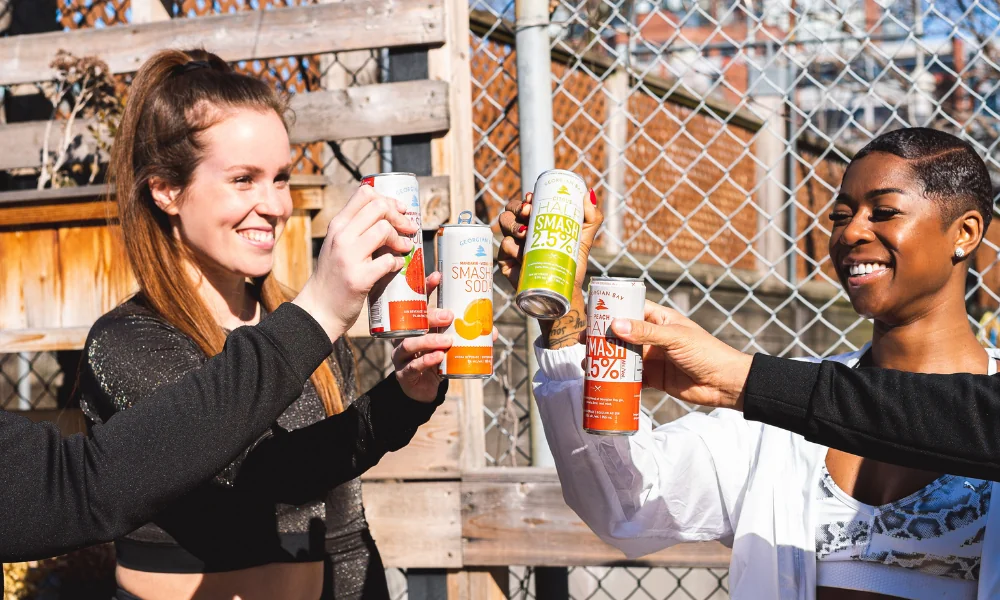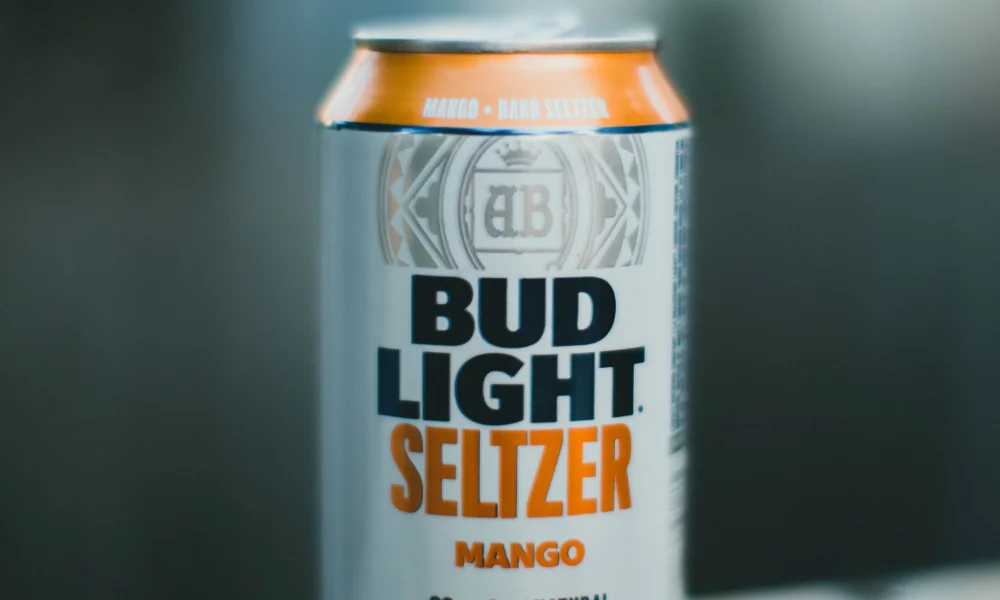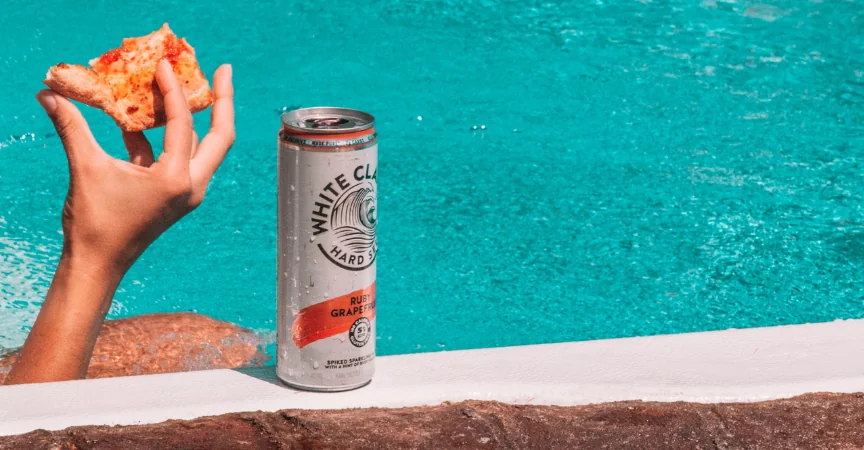Summer Seltzers are Bubbling up Across Canada
When White Claw® launched in Canada in February 2020, the event at the LCBO flagship store in Toronto looked more like an exclusive tech launch, with hundreds of thirsty fans lined up around the block in the freezing cold to be the first in Canada to taste the beverage. Prior to the launch, more than 17,000 Canadians reached out over social media to the Mark Anthony Group, who manufactures the product, to request the product be sold in Canada and thousands more traveled to the U.S. for the sole purpose of securing a White Claw haul.
The rise of hard seltzers has propelled the ready-to-drink (RTD) category to the fastest-growing alcohol category, reaching triple-digit growth year-on-year since 2015, according to a report by Bell Flavour and Fragrances. A February 2021 study by RBC Capital Markets predicts the hard seltzer category could grow ~150% from expected 2020 levels.
The hard seltzer category is still relatively young, only emerging onto the Canadian market in 2016. Driven by factors such as wellness, cocktail culture, quality ingredients, premiumization, and daytime and outdoor consumption, RTDs have evolved to capture key consumer trends. “Hard seltzers quantified what consumers were looking for—a low carb, low sugar, low-calorie alternative to wine or beer. Seltzers are a manifestation of a general push to overall healthiness in a way that was really easy for consumers to understand,” says John Robinson, Head of Marketing and Sales for the Georgian Bay Spirit Co.

A local Collingwood distillery, the Georgian Bay Spirit Co. produces a wide range of award-winning, locally crafted, craft cocktails in a can such as the extremely popular Original Georgian Bay Gin SmashTM and the most recently launched Georgian Bay Half SmashTM, a citrus-based beverage with half the alcohol and only 100 calories.
Julius Makarewicz is the Founder and CEO at Nude® Beverages, a small start-up alcoholic beverage company based out of British Colombia, created with a mission to develop healthier alternatives that are both sugar and sweetener-free including vodka sodas, gin sodas, tequila sodas, and iced teas. He feels that there are three main reasons why consumers are so ready to adopt hard seltzers. “First, the taste—consumers are flocking to this segment because of how refreshing these types of beverages are. Next, people are actively trying to cut down on their sugar intake, so the last place they want to consume it is by drinking it. Lastly, it’s trendy—taking care of yourself and making better choices is in right now and seltzers naturally fit in.”
Not only are consumer tastes changing, but there has been a massive shift in who is consuming hard seltzers. While traditionally Millennials/Generation Z females have driven the category’s growth, companies are seeing the category explode because it does appeal to a
large range of consumers. “The Georgian Bay Gin Smash was originally designed for females aged 35+ with a sophisticated palate, but now we have a wonderful, broad demographic ranging from 19-year-old females at colleges and universities to 65-year-old men on the golf course,” says Robinson.

Brian Kuhn, VP of Beyond Beer at Labatt Breweries of Canada, echoes those sentiments. “Overall the seltzer category is very co-ed which allows us to appeal to a wide range of consumers on different occasions.” In 2016, Labatt added NütrlTM to their portfolio; a vodka soda with no carbs, no sugar, no sweetener, no preservatives, and no additives. Recently they added NütrlTM Juic’d, a classic vodka soda with a splash of real fruit juice.
In March 2021, after thousands of requests flooded Bud Light Canada’s social channels, the brand announced the arrival of its newest innovation, Bud Light Seltzer. Targeting the general population with a character called “Seltzy”, the life-sized can of Bud Light Black Cherry Seltzer was required to quarantine for the mandated 14 days upon arrival in Canada in a glass box located on top of the 49 Spadina Avenue LCBO in Toronto. “We wanted to appeal to the masses and bring a new population into the discussion. Our goal is to build a portfolio that offers different experiences to lots of different consumers,” says Kuhn.

Hard seltzers are built around experiences and occasions, with a large portion of hard seltzers consumed during social gatherings. Given the challenges restaurants and bars have faced during COVID-19, finding the right occasion can be tricky, but as restaurants and bars look to re-open over the summer, making hard seltzers part of the offering is essential to support the demand of consumers.
“Consumers are continuing to look for beverages that offer both refreshment and better-for-you benefits as they take advantage of the summer weather and restrictions continue to lift across the country,” says Scott Walton, President, Mark Anthony Wine & Spirits at Mark Anthony Group. “Our expectation is that patios will see significant traffic this summer as people are looking to get outside and socialize after another winter cooped up at home.”
As part of a bar program, hard seltzers offer operators much more than simply satisfying consumer demand. Staff restrictions and ease of service will be a big focus this summer and hard seltzers offer a convenient option for operators as they prepare to open. “The product is easy to store, so you don’t need expensive equipment like draft lines or big expensive wine fridges,” says Robinson. There is also the potential for high-margin, high-volume capabilities. “I would encourage operators to talk to their customers and ask what they are looking for in a menu offering. It’s a great way to make consumers happy with choice and ease of execution.”
From a takeout/delivery perspective, hard seltzers can fit nicely into an operator’s strategy. “In support of small businesses and larger operators alike, our team has worked closely with these businesses to offer White Claw, Lemon Life and Freed Earth as takeout and delivery options,” says Walton. “Bundle promotions and food and drink pairings have been a great way to encourage consumers to add hard seltzers to their orders.” Many companies are also working with bar and restaurant owners to ensure that hard seltzers are much more than a seasonal drink, developing flavours that extend into the fall months. Georgian Bay Spirit Co. has taken this one step further. “We call it ‘deseasonalizing the seltzer category’,” says Robinson. “We’ve created something we call “Smashology’, where we combine mixology with our hard seltzers. It’s a gateway to mixology and spirits and therefore you can take something like a hard seltzer and translate that into winter months.”
It’s obvious that no other category demonstrates as much local market innovation as RTDs. From flavour to function, the RTD category is growing as consumer demand for the product increases. “It’s important to give customers what they want,” says Kuhn. “It’s trending, consumers are looking to try new things and want more choice. These products offer the ability for consumers to come in and engage with your menu. It benefits everyone.”









